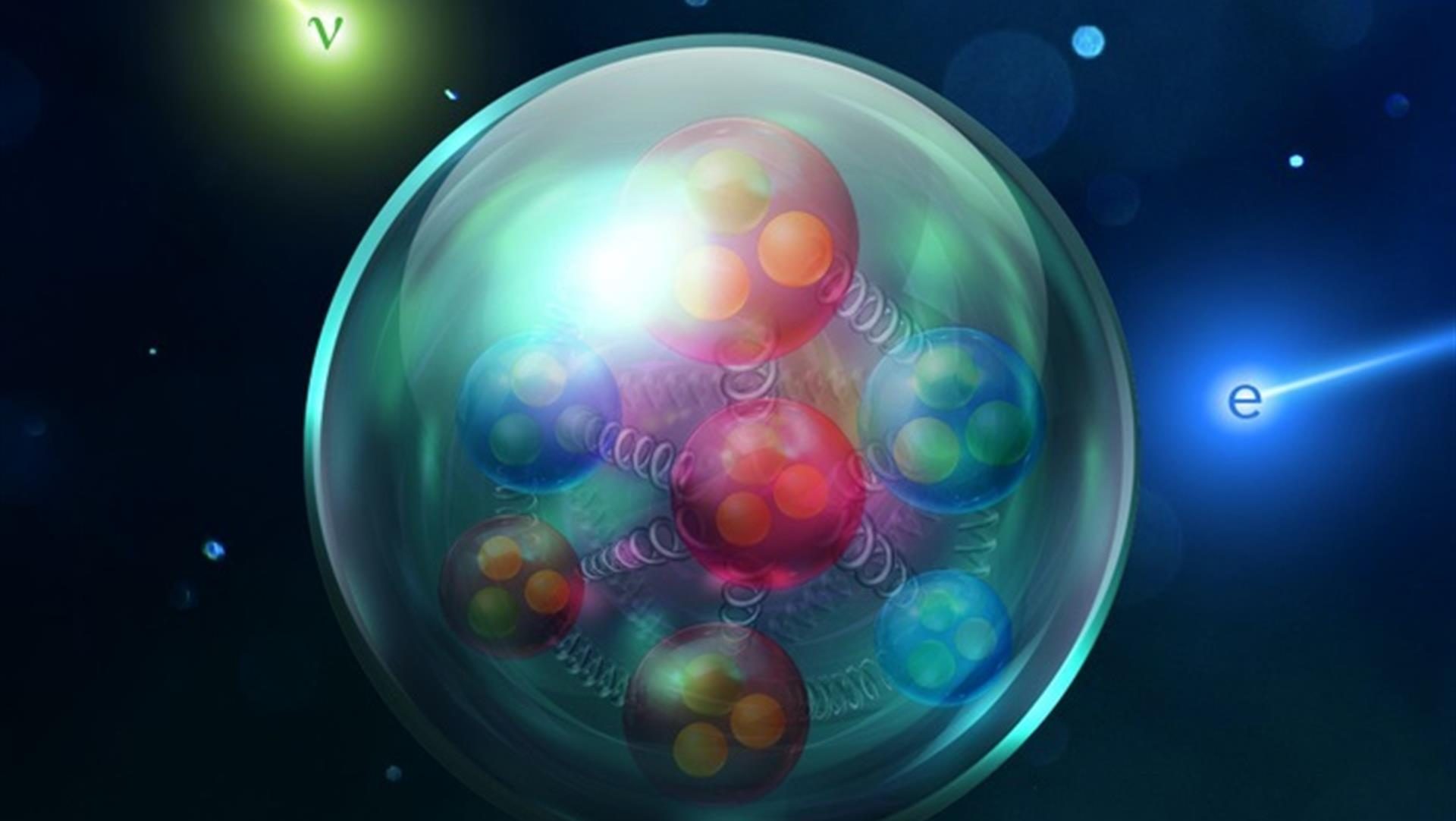Over the last several years, teenagers have been subject to increasingly severe sentencing. A psychologist explains why this justice system reflects a major misunderstanding of the adolescent brain.
Question: Has the American juvenile justice system become more punitive over the last couple decades?
Laurence Steinberg: Sure. I mean, in virtually every state across the country, provisions have been made to get tougher on kids. That means being tougher on how they're sentenced in the juvenile system. It also means sentencing more than in the adult system, where they serve time often in adult facilities.
Question: What factors have contributed to this trend?
Laurence Steinberg: Well, the trend really began about 10 or 15 years ago, and it was in response to a dramatic increase in crime. Now, the increase was not just among teenagers; it was also among adults. But many politicians began spouting a kind of get-tough rhetoric, saying that the juvenile justice system was not sanctioning kids severely enough and that we needed to take stronger measures in order to prevent kids from offending.
Question: Does this approach to juvenile justice reflect a misunderstanding of adolescent psychology?
Laurence Steinberg: I think it does, in a couple of ways. The first is that it assumes that kids are going to be deterred by harsh punishments. And surprisingly, they're not. So studies show that kids coming out of adult prisons are just as likely, in fact even more likely, to reoffend than kids who have committed comparable crimes but are coming out of juvenile facilities. In our own research we have found that incarcerating kids for longer periods of time gains you no benefit over incarcerating them for shorter periods of time. So kids are different from adults in some very important ways, and we need to think about how to hold them accountable and punish them and rehabilitate them in ways that are different than we would do with adults.
Question: What's the chief cognitive difference between the brains of adolescents and adults?
Laurence Steinberg: Well, the brain undergoes significant maturation during the adolescent years, and there's two main features that are important here. The first is that adolescents have a much more active reward system than adults do, so things feel better to them, and that makes them more likely to engage in sensation seeking and novelty seeking. I often joke and say that things will never feel as good again during adulthood as they did when we were teenagers, which is sort of a sad thing, I guess. But this is what propels lots of kids into risky and reckless behavior -- that focus on what reward am I going to get from doing this? So that's one important difference. The second important difference has to do with what we might think of as the braking system of the brain, the region and system of the brain that's important for things like impulse control, for planning ahead, for weighing the costs and benefits of a decision. That is still undergoing significant maturation during adolescence, and it doesn't really reach adult maturity until the mid-20s.
Questions: Can we speak of criminal intent in an adolescent?
Laurence Steinberg: Sure, we can speak of criminal intent in an adolescent. So the question really, when an adolescent commits a crime, is never did he know right from wrong? Learning right from wrong is something that occurs very, very early in life. I mean, my dogs know the difference between right and wrong. So that's a pretty primitive thing. The issue really has to do with adolescents' ability to control their behavior in a way that's consistent with their understanding of what's right and wrong. A lot of adolescent criminal behavior is impulsive; it's not premeditate. It's done in a group; our own research has focused a lot on how group dynamics change decision making and risk taking during adolescence. And it's often sort of a spontaneous behavior, not something that's planned out and thought through.





